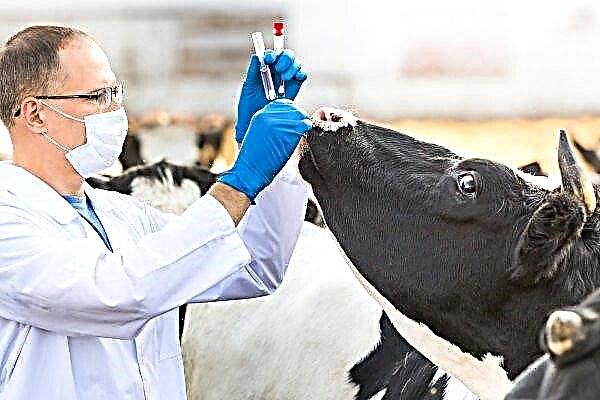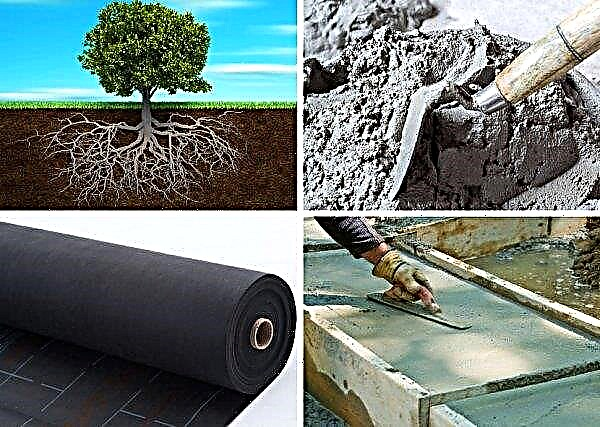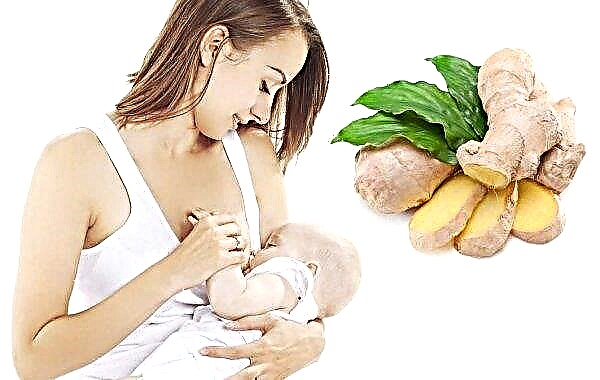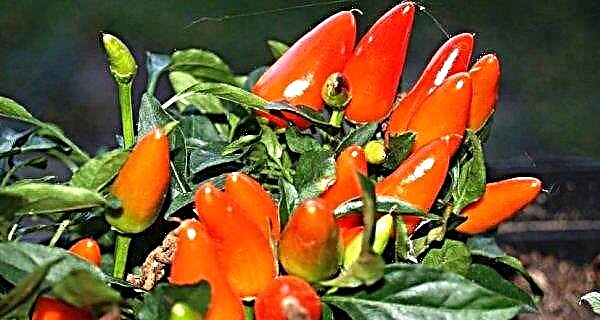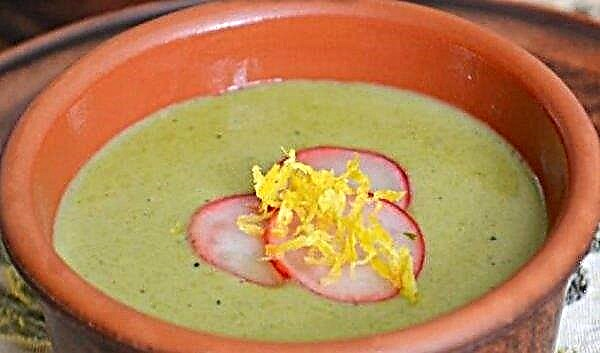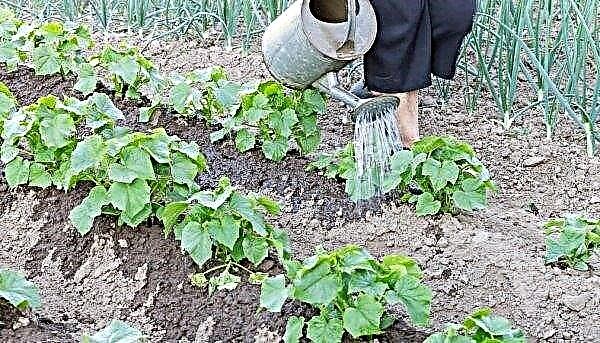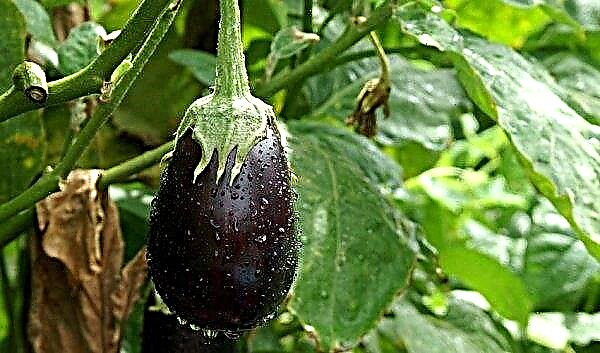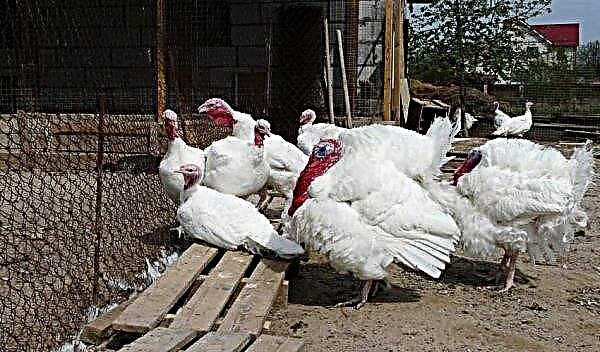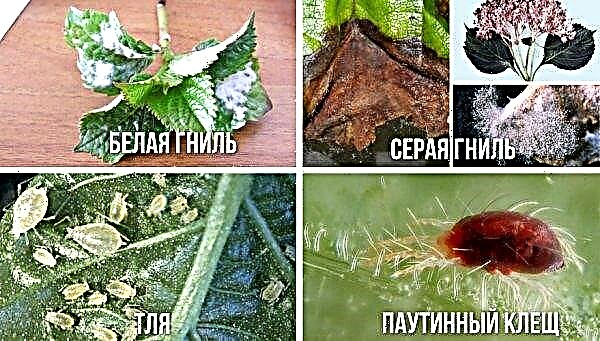Onion is one of the most popular types of vegetables, which has been successfully used in the culinary field, cosmetology and traditional medicine. Among the ripe varieties of culture, vegetable growers note the Olin variety, which pleases with excellent yield, plasticity during cultivation and rapid ripening of fruits. How to get onions from seeds and what agricultural techniques for growing them in open soil are described later in the article.
Description and characteristics of onions
Olin's onion is an annual, early-ripening plant, bred by Czech breeders of the AGROFIRMA MORAVOSEED company in the last century. Today, the vegetable is indicated for cultivation in the central zones and the Middle Volga region.
Bulbs of this variety are characterized by an even, round shape, their weight varies from 80-100 g. The outer scales of the vegetable are yellow in color, the inner ones are white.
 The pulp of the bulbs is quite dense, juicy, white in color, tastes of medium severity.
The pulp of the bulbs is quite dense, juicy, white in color, tastes of medium severity.
Ripening time
Onions of the described variety are characterized by early ripening; harvesting of fruits starts after 67–96 days when cultivated from seeds and after 60–87 days when grown from seed.
Did you know? In the world there are about 900 types of onions, while only 228 of them are fruit crops. In nature, the plant grows in the steppes, meadows and forests.
One of the main advantages of onion olin is considered excellent ripening and excellent yield. A crop grown from seeds is able to please with a yield of 1 square. m 1.5–2.5 kg. When cultivating plants from seed sets, up to 5 kg.
Disease resistance
The variety has medium immunity. Of the ailments most suffers from fungal diseases, in particular, powdery mildew and root rot, of parasites - moth, thrips, onion fly.

Favorable conditions for the development of fungal diseases are considered low night temperature indicators in combination with high humidity. When caring for vegetables, excessive moistening of the soil should not be allowed, as this can provoke rotting of the roots.
At the first appearance of symptoms of diseases or the presence of parasites, which are most often manifested by yellowing and drying out of the green mass, should be carried out spraying plants with a mixture of biofungicidal and bioinsecticidal preparations.
Important! When carrying out decontamination, it is forbidden to affect the green feather of the onion with any chemical preparations.
Optimal conditions for growing
Olin's onion is suitable for cultivation in open land. He prefers to grow on light, nutritious soils with a neutral level of acidity. Cultivation of vegetables on acidic and dense soils cannot guarantee a good harvest. Weed seeds should not be present in the soil, since they will inhibit the full development of the plant. Onions negatively relate to fresh organics, but when cultivated on “poor”, low-nutrient soils, it is recommended to enrich the earth with humus.

Preferably the onion site was located on a certain elevation and received a sufficient amount of sunlight. The culture needs more good lighting than other vegetable plants. Olin is considered a variety with good frost resistance, therefore, the most comfortable temperature for it is indicators of + 12 ... + 16 ° C. The main thing is that after sowing the night temperature indicators should not drop below + 3 ° C. For the full development of the bulbs described, it is necessary to organize a sufficient amount of moisture, otherwise the vegetables will be small and low in juice.
A bed for vegetables should be protected from drafts and cold windsthat adversely affect crop growth. The best predecessors for the described variety are potatoes, cucumbers, tomatoes, legumes, which were fertilized by manure.
Important! When planting onions, you need to pay attention to the neighborhood. Olina gets along well with carrots, all kinds of cabbage, beets and greens.
Soil preparation for planting onions should begin immediately after the assembly of the precursor plants. To do this, loosening the soil in the fall, deepening by 6-8 cm. Such measures will prevent the growth of weeds, they can saturate the soil with oxygen and nutrients. After a few weeks, but no later than the 20th of September, the site is dug up with a shovel and make preparations based on phosphorus or potassium.
Growing from seeds for seedlings at home
Vegetable growers practice some of the most effective methods for growing onions: seeds, sowing, seedlings. The seedling method is often used, it is more troublesome, but also more economical in comparison with sevk.
How to prepare seeds
Onion seedlings begin to grow in late March - early April.

To get high-quality and healthy seedlings, the seeds are carefully prepared before sowing:
- they are neatly laid out on a gauze segment;
- gauze with seeds is soaked in a solution of potassium permanganate - 1 g of potassium permanganate per 1 liter of water;
- after 45 minutes, the seeds are lowered into a solution of any growth stimulant, for example, Epina, and incubated for at least 18 hours;
- after a specified time, the seed is dried to a state of flowability.
As a rule, peninsular and sweet varieties are most suitable for cultivating onions through seedlings.
What is the best way to grow
For sowing seeds use small plastic, wooden boxes or pots. It is better to opt for drawers of 30x30x10 cm in size or special cassettes with cells that are quite convenient to use and allow you to carry out crops in a dosed manner.

The process of planting seeds and further care
The process of sowing seed material for growing seedlings is quite simple and consists of the following steps:
- prepare the soil mixture for seedlings from equal proportions of garden land, peat, river fine sand and compost. The soil is disinfected by any available method: calcined in the oven at a temperature of + 18 ° C for 25-30 minutes; shed with a weak solution of potassium permanganate;
- the tank is filled up to a height of 8 cm with prepared soil;
- make small recesses for sowing seeds;
- the seeds are planted with tweezers in the soil mixture: the distance between the seeds in one groove should be 3 cm, the interval between the grooves should be 5 cm, the depth of the seed should be 1 cm.
- the crops are covered with a small layer of soil, the surface is moistened with a spray gun;
- the container with seeds is covered with a plastic film to create a greenhouse effect.
Important! When growing seedlings at higher temperatures, the onion will stretch out and subsequently will not be able to please large onions.
After sowing, the containers are placed in a warm, dry and bright place with stable temperature indicators + 20 ... + 25 ° С. After 21 days, when the first shoots appear, the film is removed, and the container is transferred to a cooler, brighter place with a temperature of + 16 ... + 20 ° С.
Throughout the germination period, as the topsoil dries up, the crops are provided with regular moisture. After 1.5 months, the seedlings begin to temper gradually, taking the container with seedlings out into the open air, daily increasing the time it spends on the street.

Features of open transplantation
Usually, the period of seed germination for seedlings is 50–65 days, for which 3-4 full leaves should appear on the seedlings. At this time, it is recommended to plant seedlings in open ground.
Before work, it is necessary to prepare planting material:
- sort seedlings, remove too weak and underdeveloped specimens;
- root processes and leaves are shortened by 1/3 of the length;
- seedling roots are dipped in a special solution prepared from the same parts of mullein and clay.
Landing measures are carried out in dry, warm weather. As a rule, the landing period is in the second half of April.Did you know? Some onions contain more sugar than fruits, in particular apples and pears. So, in one piece of sharp vegetable is about 6% sucrose. During heat treatment, volatile components evaporate from the fetus, making it sweet.
The landing process is carried out according to this algorithm:
- furrows are made on the bed, the distance between which is 50-60 cm;
- seedlings deepen into the soil by 1.5–2 cm, gently compact the soil. The interval between each seedling should be about 5-6 cm;
- after planting seedlings, the soil is abundantly moistened with settled, cold water;
- the soil is mulched with peat or mowed grass.
A week later, it is allowed to loosen the soil a little in the garden, which will saturate the soil with oxygen and nutrients, thereby activating the growth of the root system of the plant.

Cultivation and care of seed in open ground
Growing onions from sevka is considered the most common method for obtaining large-sized juicy bulbs.
Site selection and soil preparation
Sevka landing dates will be determined by the climatic conditions of the region. With warm, early spring sowing of onions in the second decade of April is allowed. If the spring is cold, then it is better to postpone planting activities in May, when the earth warms up by 6-8 cm. For planting onions, a spacious, warm and sunny area with a depth of ground water of at least 1.5 m is selected. It is necessary to ensure that the place is maximally protected from cold winds and drafts.
Down to the north it is better to choose fertile, light and weed-free land with a neutral acidity content. A plot for onions has been prepared since the fall: weeds are harvested, watered abundantly, carefully dug up to 25-30 cm. If the earth is not highly nutritious, it is enriched with rotted humus or compost or minerals are used in the form of urea, superphosphate and potassium preparations.

The process of planting seed in the ground
Planting bulbs 1.5–3 cm in diameter are selected for planting seedlings, without damage, rotten areas, or the presence of symptoms of diseases. 14 days before the alleged disembarkation into the ground, the material is heated at temperature indices of + 40 ... + 45 ° С for 6–8 hours. Before planting, the bulbs are soaked for half an hour in a weak solution of potassium permanganate, and then dipped in a solution of any biofungicidal preparation for 1-2 hours.

The treated sevoc is planted in the ground:
- furrows are made on the site, the interval between which should be 20–25 cm;
- planting onions with a diameter of 1–1.5 cm is carried out at a distance of 4–5 cm from each other, with a diameter of 2–3 cm - with an interval of 8–10 cm, while the depth of embedment should be 1–1.5 cm;
- crops are covered with soil, compacted, moisturize abundantly;
- the bed is covered with a small layer of mulch 2.5-3 cm.
 Planting onion sets
Planting onion sets
The first seedlings, as a rule, appear after 1-2 weeks. It is very important to provide the sprouts with timely and regular care to obtain the desired crop.
Watering and fertilizing
For full development, Olin's onion does not require a large amount of water, however in the first 3-4 weeks after planting, the sowing requires constantly moist soil. That is why it is very important at this time to maintain a balance of soil moisture and prevent prolonged drying. At first, irrigation measures are carried out once every 14 days, and with severe drought - once every 7 days. At first, the soil is moistened up to 10 cm deep, then, as the bulbs grow, the irrigation volume is increased so that the soil is moistened by 20–25 cm. One month before harvesting, the crops are not wetted.
Important! When feeding crops, it is better not to use nitrogen-based products, as they activate the growth of green mass and inhibit the development of the bulb.
For the entire season of onion ripening, it must be fed several times:
- the first fertilizer application is carried out 2-3 weeks after planting in the phase of growth of the green feather. For nutrition, plants use urea, which is added to the root;
- the second portion of nutrients is introduced 3 weeks after the first. In this case, a solution prepared from 20 g of superphosphate and 10 g of potassium salt is used;
- the third top dressing is carried out 3 weeks after the second, using phosphorus-potassium preparations.

Soil cultivation and weeding
Loosening the soil and weeding the soil from weeds are mandatory measures for growing Olina onions, without which it is impossible to achieve a high-quality crop.
Weeding is carried out regularly, every 2-3 weeks. Weed plants create increased humidity, which contributes to the development of various fungal ailments. In addition, in bulbs growing on untreated areas, a thick neck with a high juice content is formed, which complicates the drying of vegetables and, as a result, shortens its storage time.
To ensure proper nutrition and hydration of the root processes of the culture, soil loosening is carried out regularly. In addition, a similar procedure prevents the growth of weeds and gives the bulbs more space for growth. Moreover, the more often loosening is carried out, the better for the full development of large, dense bulbs.

Plant pests and diseases
Onions often become a “victim” of attacks of many insect pests, among which the greatest risk is moth, nematode, onion fly and thrips. As a rule, violations of the rules of agricultural technology of culture contribute to the appearance of pests, which is why experts advise for the prevention of parasites and ailments:
- timely loosening of the soil;
- clean the bed of weeds;
- comply with crop rotation rules;
- disinfect the plant with special preparations.
Of the diseases, onions most often suffer from fungal ailments - powdery mildew and root rot. If light spots, yellow dry patches are found on the green feathers, the onions are sprayed with a solution prepared from 10 l of water, 1 tbsp. l copper sulfate, 1 tbsp. liquid laundry soap. Processing is carried out when the leaves grow to 12-15 cm.
As preventive measures, they practice dusting of culture and soil in the area with wood ash or tobacco dust. After two weeks, the profiling is repeated.

Harvesting and storage
Onion Olina belongs to the early ripening varieties. Usually, harvesting dates fall at the end of August - beginning of September. You can determine the degree of onion ripening by the state of the leaves - they become yellow and dry.
Vegetables are harvested in dry and warm weather. Bulbs are gently pulled out of the ground or dug with a shovel. The collected fruits are laid out under a canopy and dried in the sun for 7-10 days, regularly turning them over. The dried bulbs are sorted for damaged or rotten specimens, the residual roots and leaves are cut off, leaving a stump of 5-6 cm in size. The selected fruits are placed for re-drying in a heated room for a week. Completely dry onions are stored in wooden or plastic boxes in several layers, each shifted with hay or straw, or laid out on nets or fabric bags.
For the Olin variety, the most comfortable storage conditions are:
- dry, well-ventilated area;
- temperature indicators 0 ...– 1 ° С;
- relative humidity of 75–90%.
Onion Olina will be an excellent option for vegetable growers who, with minimal time and financial costs, want to get a good, high-quality fruit crop. The variety is characterized by stable yield, unpretentiousness in care, good frost resistance, high maturity and excellent presentation of bulbs.

